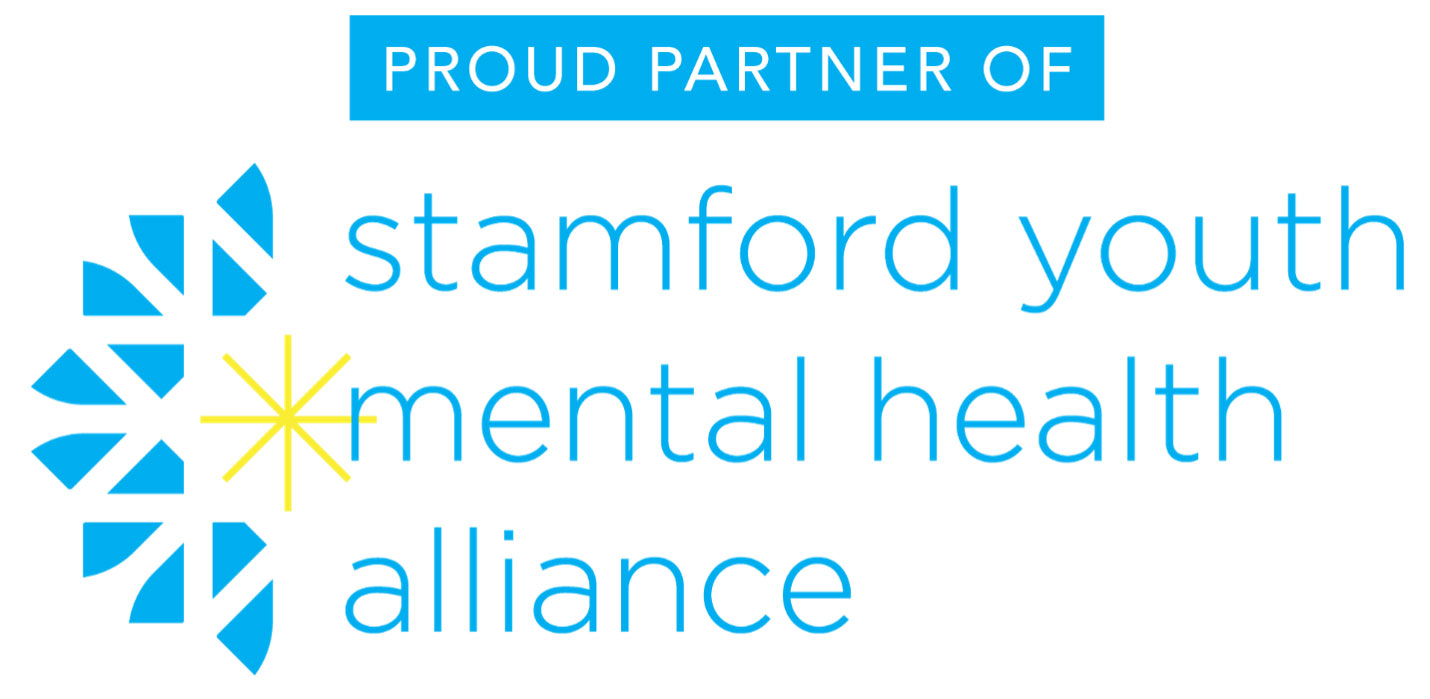Former ‘At-Risk Youth’ Talk Resources as CT Weighs Investments
Pictured: David Mezard, a young man from Stamford, spoke at the Legislative Office Building about the importance of youth resources. Credit: Jessika Harkay / CT Mirror
This is a reposting of an article by that appeared in the CT Mirror.
Waterbury resident Erica Soares has faced more challenges so far than most people do in a lifetime. She grew up around drug use and gang activity, and at the age of 24, she’s experienced homelessness, sexual assault and the incarceration and loss of a parent, she said.
David Mezard, a young man from Stamford, was incarcerated at a young age and remembers when he came back home, he had “absolutely nothing,” he said. He was homeless and didn’t have any important identification documents.
Alejandro Miller, a 17-year-old from Hartford, said he always felt lost. He did poorly in school and was later expelled. He didn’t know what his next steps would be, especially if he were to enter the workforce.
Their three stories have two things in common: at one point in their lives they could have been among the 119,000 young people in Connecticut ages 14 through 26 that Dalio Education had identified as disconnected or at risk of being disconnected; and they all came across one person, resource and/or organization that helped them turn their circumstances around.
“I am one of the lucky ones,” Soares said at a news conference Wednesday morning. “I had coaches, mentors, family members and programs … that helped me see a future beyond the circumstances that could have swallowed me whole. Thanks to the resources I had, I went from struggling to get through high school, to attending and graduating from college.”
The Connecticut Conference of Municipalities is hoping to extend those types of resources to more young people and detailed a strategy for doing so in a report released Wednesday — the product of the 119K Commission it launched in March with funding from Dalio Education.
Its $900 million phase-in proposal seeks to target the expansion of youth support services at the local and state levels, with enhanced coordination, planning and accountability to help young people like Soares, Mezard and Miller. Behavioral counseling, career planning and workforce development, homelessness prevention, recreation and other services all would be prioritized in the plan CCM released, with $545 million on education aid and $408 million on social services.The initial cost to begin the expansions would be closer to $150 million.
“The one thing I wanted to make clear was that I did not want this to result in any finger pointing at one system, or one department or one agency. … We’ve touched on everything we heard from the stakeholders. We took their stories, we took their lessons learned and then we did the really hard work trying to develop a strategy that we can put into action items,” said Torrington Mayor Elinor Carbone, who serves as a co-chair of the 119K Commission.
The report proposed several measures including revamping the 2-1-1 phone line, an increase of school and educator capacity to serve at-risk youth, the creation of community recreational hubs with further development of summer enrichment opportunities and a statewide expansion of youth service corps programs.
Coinciding with the release of the report, Gov. Ned Lamont met with more than a dozen teens who are part of the Hartford Youth Service Corps, all of whom were introduced to the employment program through the youth development organization Our Piece of the Pie.
Several of the students in attendance shared sentiments along the lines of “feeling lost” and unsure about “how to get their life back on track,” because of behavioral issues, the loss of parents or just being unsuccessful in job searches until they were given help and access to proper resources.
“What I’ve really learned is that what I liked doing is helping people. I didn’t really like people as much, but after going into the community [through the Hartford Youth Service Corps] I kinda love helping people now,” Miller said. “It makes me feel good about myself by helping other people who need help. It puts a smile on my face.”
“OPP is a safe space for teens, especially in the community. This is some place I can go that’s actually positive, that allows me to do something and set goals for myself because I didn’t have any,” Alyssa Spade, a 17-year-old Hartford student, said. “I didn’t know what I wanted to do when I got older. With OPP, we went through my goals multiple times, over and over, and now I figured out what I want to do and major in.”
At the roundtable, Lamont said expanding the youth service corps statewide could help open doors for youth and “give them some self-confidence.”
“We’re already doing a lot of what people are recommending. We just got to do it better. We got to do it bigger,” Lamont said.
With the hefty price tag from the CCM recommendations, Lamont told The Connecticut Mirror Wednesday that he wants to start with improving and reallocating resources in “what we’re already doing.”
“Don’t assume every single report we got to start from scratch and that everything is new and incremental — that’s a sort of a tendency we have in government,” Lamont said. “I’m not one of those that’s always convinced that more money is the issue, we’ve made the biggest commitment to K-12 education in the history of the state, but also, how do you make it better? That’s why I come to groups like this to see what they think is working. … Tell us if what we’re doing, we can do better. Tell us what you think is not working. Maybe I reallocate those resources to expanding programs like this.”
Link to full article HERE.
Note: The CT Mirror receives funding from the Dalio Education foundation.







